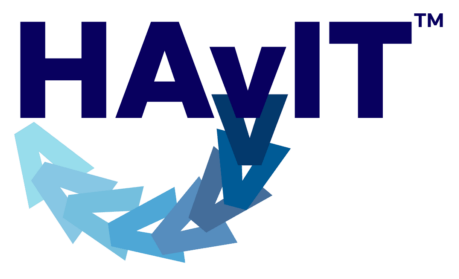Visual Processing Difficulties
In familiar environments, do you bump into stationary objects?
Listen and observe to learn why John struggles to complete his homework. Does John know how to communicate his needs?
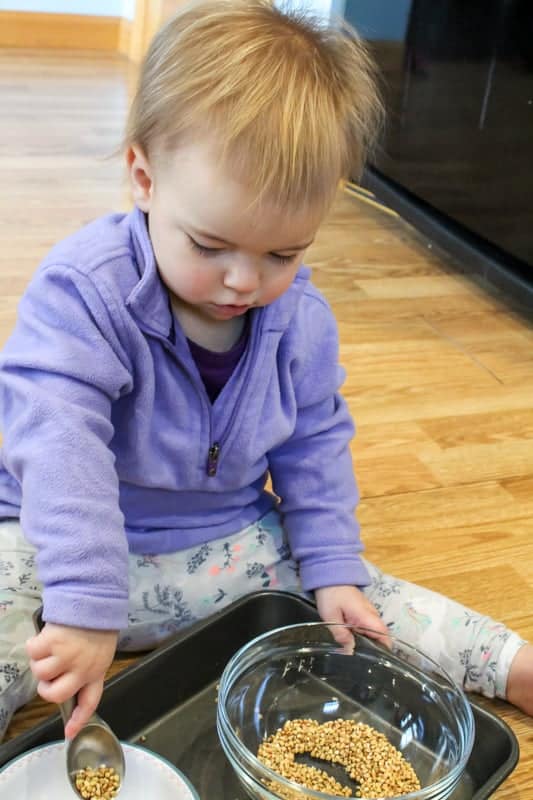
Need Help?
Cheri Moore supports emotional health while building an individualized intervention plan to improve your ability to respond and maintain progress after therapy.
Visual processing activities are powerful showing you how hard you are working at listening and reading with comprehension and remembering.
When What You See Fails to Sync-Up With What You Hear
My experiences as a license special education teacher homeschooling a struggling reader caused me to question my knowledge and abilities as a teacher. Modifying curriculum and teaching through hands-on activities was not enough. I taught orally and then retaught visually and then taught some more. By the end of my daughter’s year of second grade, my heart started to break. My child saw friends and peers reading and writing with ease. She cried on the outside while I cried on the inside.
Why was I unable to teach my own child? What did I not know?
I found answers after I started asking the right questions. Imagine my disbelief when I learned my daughter saw letters turn upside down and move preventing her from reading with ease. Wow, I had a little genius!
Speech Development and Maintaining Speech Fluency at All Ages Depends on What is Seen and Heard
A toddler picks up and drops an object over and over. Do you assume the baby is trying to get you to pick it up? Actually, the toddler is developing depth perception, a visual processing skill. Listening to the object hit the floor integrates what is seen with what is heard, an auditory processing skill.
- Eye-Hand Cordination occurs when the baby reaches and grasp object.
- Depth perception occurs when the baby is unable to reach the object.
- Sound perception occurs when the object hits the floor.
Have you ever noticed that a baby stares at your mouth and awondered, “Why?” There are several reasons. While being held, babies see best your face.
Secondly, babies learn speech by watching mouth, cheek, and tongue movements. They enjoy watching anything that moves.
What is seen and heard teaches an infant how to talk.
Holding and talking with your baby is a must for language development, a 3-D experience.
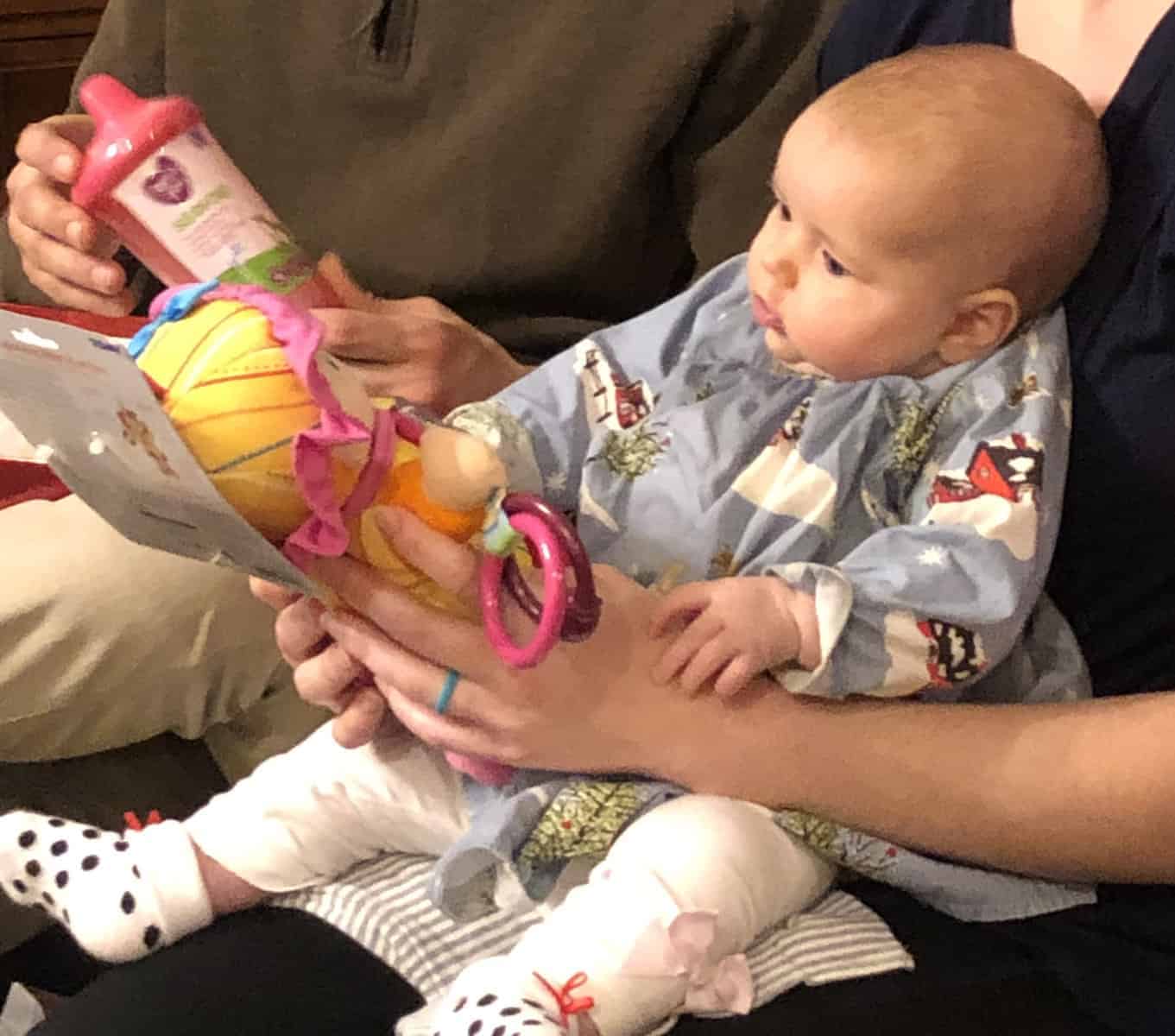
What is Your Norm?
Does your visual world feel unsafe, frustrating?
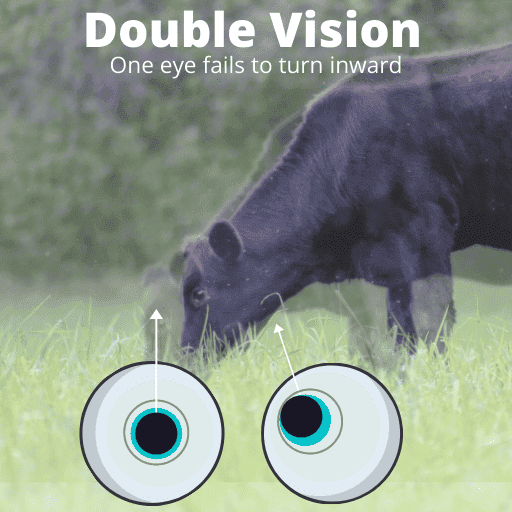
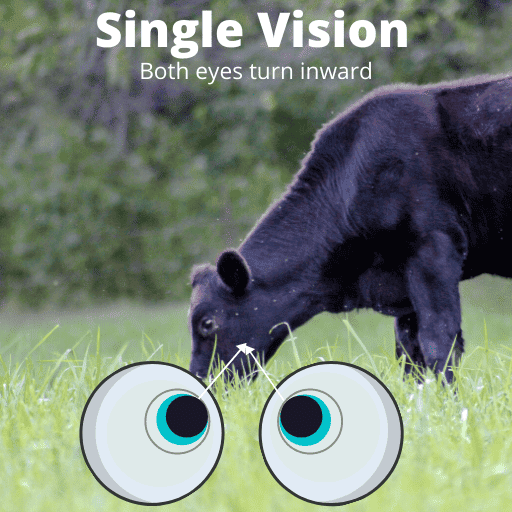
Behaviors Are Clues that What You Hear and See Is Affecting Your Learning and Emotional Health.
- Headaches after reading
- Emotional, irritable, anxious without an apparent cause
- Fearful away from home
- Avoids age-appropriate activities like swings, slides, bike riding
- Struggles to remember what just heard
- Falls walking up the stairs for no apparent reason
- Walks on toes
- Holds tightly to someone’s hand while walking
- Writes or reads with an unusual posture
- Sounds cause distress
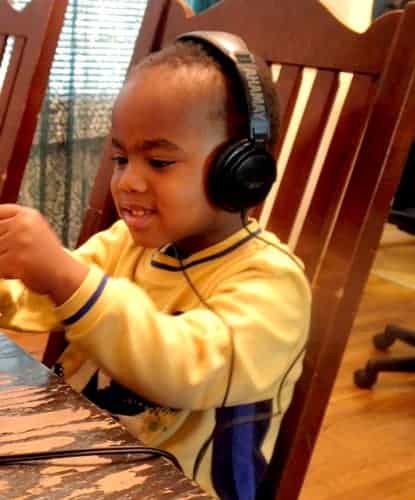
No Results Found
The page you requested could not be found. Try refining your search, or use the navigation above to locate the post.
Schedule a FREE phone call with Cheri
Schedule a complimentary phone conference with Cheri.

Join Our Community!
Get tips on how to improve your health and learn through purposeful play delivered straight to your inbox.
